You’ve tried Physiotherapy. But have you worked with a Holistic Physiotherapist?
Image from Unsplash
I am a physiotherapist with over 30 years of experience. My work and techniques are constantly evolving, as I hope I am also personally always changing and evolving. Our physical form and state of health is dependent on our being in balance physically, mentally, emotionally & spiritually. What happens to us changes what happens within us. Physical symptoms can be blocks from unprocessed/unresolved energies from mental, emotional or spiritual origin. My role is to allow a safe space to allow a clients’ block to rise to the level of their own conscious awareness because once we are aware of a pattern, we cannot again be unaware & we then have the power to transmute or change it. We focus a lot in health about the biochemical aspects of health but the bioelectrical activity precedes the biochemistry.
I use manual therapy techniques, breath work, Heart coherence Techniques (from Heart Math Institute) mindfulness techniques & meditation, movement with awareness (consciousness raising) exercises and patient education and much more to treat clients.
In my sessions my main manual assessment and treatment method is a new ‘whole person’, technique called Fascial Manipulation©. I have completed my levels 1- 3 & attended masterclasses in this method. Fascial Manipulation gives a great framework to understand how every part of the body is connected to the whole via the connective tissue or fascia. The aim of the treatment is to restore homeostasis or balance. Fascial Manipulation brings together issues of internal organ dysfunction (not pathology or developed illnesses), past injury or trauma and surgeries, &/ also with current and past musculo-skeletal injuries to determine how each may be influencing the other areas. Treatment sessions involve discovering the main source of the problem, which may or may not be near the area of symptoms. The aim is to restore balance within the body so all systems can function optimally.
I like to spend time with my clients so I can listen to the whole story and have time to address all aspects of an injury & how it may have developed. I treat one to one with one-hour consultations (shorter consultations can be made if the issue is resolving or is not complex).
Work-life balance is important to me and so I prefer to take time with people so I can enjoy my work and also so I can feel confident that I have given everything I have to offer to each client. In my opinion, in most cases, if I spend more time with someone in the first few sessions then I believe the condition should resolve quicker and thus require less treatment overall. I tell my clients that I am merely a ‘plumber & drainer’ for human form- here to assist them to remove blocks so they can heal themselves & to empower them to learn to listen to their own bodies, so they can better follow the guidance of their own inner wisdom.
My philosophy is to get the assessment right, give the appropriate treatment and advice and allow the client to then self-manage and move on with the rest of their life. We all have the capacity for self-healing, just sometimes we require some assistance to remove any blocks we are not aware of, so then our bodies can do what they do naturally – repair & heal.
People (and humanity), in my opinion, are like trees. We both need to be grounded and have healthy roots systems, we need to grow towards the light, all parts of us are connected and we both shed the old and redundant to make way for new growth which happens from the inside out.
Also, it is my opinion that the treatment practitioner is like a teacher, we can teach you about your injury or condition and advise on how best to manage it, but in the end the responsibility is in the patient’s hands to determine if they agree with the advice and if so to implement the suggested steps. To solve a problem requires active change. The therapist can remove some blocks (either physical/emotional/mental/energy blocks) with manual therapy techniques etc but often the patient has to actively participate and change something as well. In general, the practitioner helps the patient learn to heal themselves.
By Jo Hadley Holistic Physiotherapist
*Jo no longer works for Live Well, however you can learn more about her work here

